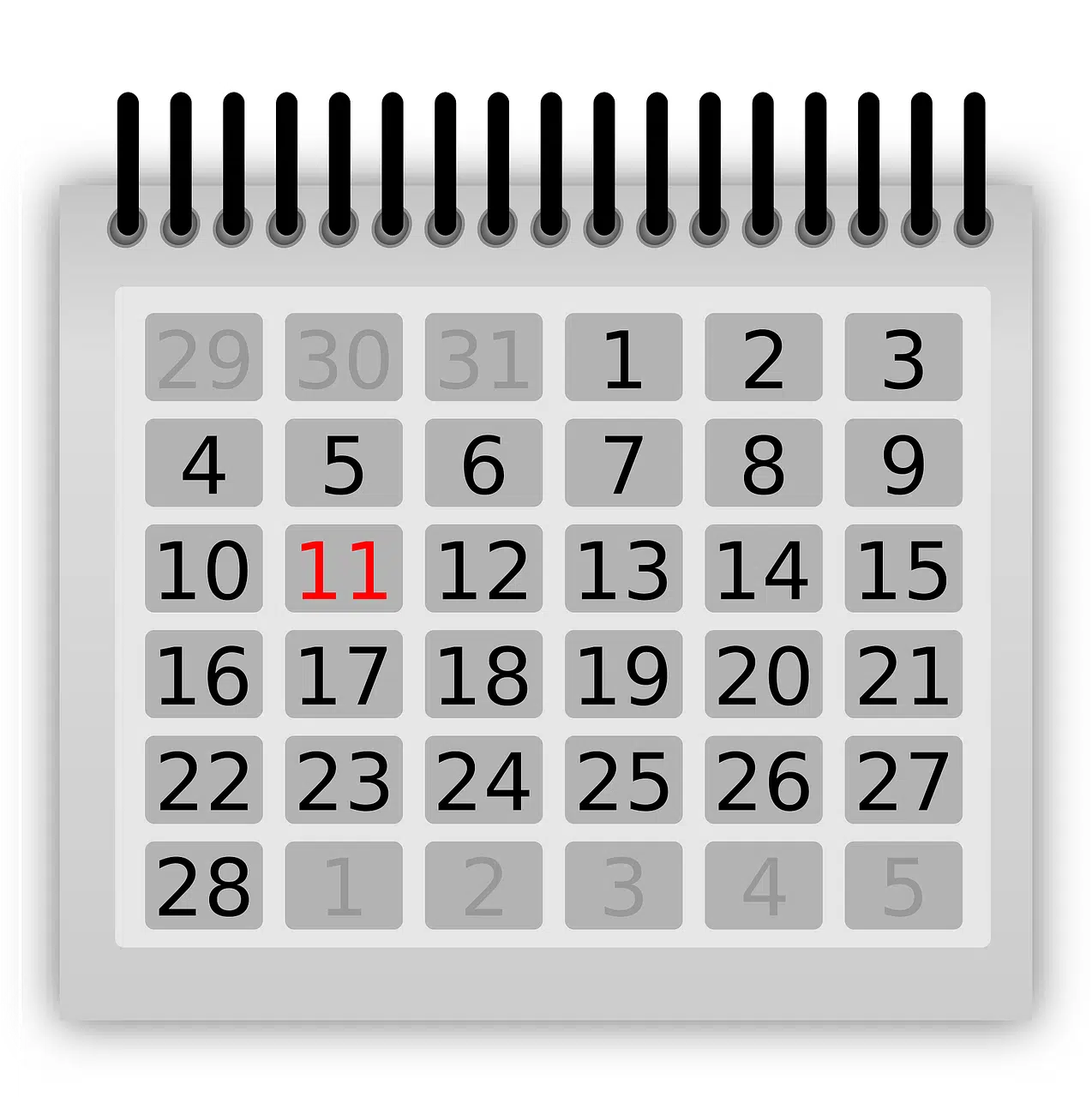
February is a month that can have 28 or 29 days.
Month is a concept that has its origin in the Latin word mensis and allows us to refer to each specific period of the 12 intervals into which a year is divided . According to the Gregorian calendar , the year is segmented into twelve months. The first is January (composed of 31 days). This is followed by February (which varies between 28 or 29 days, depending on the year), March (31 days), April (30 days), May (31 days), June (30 days), July (31 days), August ( 31 days), September (30 days), October (31 days), November (30 days) and December (31 days).
For example: “If everything goes well, we will move in the month of September” , “There are three months left until the start of the tournament” , “In October it will be three months since the artist's death” .
Name of the months
The name corresponding to each month is associated with names of Latin origin (such as June for Juno or July for Julius Caesar ), although there are months named after numbers (thus, for example, September is inspired by the 7th or seventh; October by the idea of eighth; November derives from 9 and December comes from ten or tenth).
It should be noted that this enumeration ends at ten because, until the Julian reform, the calendar was only made up of a dozen months.

A year is divided into twelve months.
Other uses of the notion
When talking about month, on the other hand, we point to the group of consecutive days that begins with a designated one and ends with another of the same date in the following month: “As of November 16, you have two months to present the documentation” , “The fishing ban began yesterday and will last for three months” .
For astronomy , however, month is a unit or temporal magnitude that measures time from an astronomical perspective. Since observations depend on latitude, atmospheric conditions, and other factors, it is impossible to accurately anticipate how long the months will last in these types of measurements.
The months in the Hebrew calendar
The order of days is not the same for all the inhabitants of the earth , many of them are governed by old traditions or religions and frame their existence around a particular calendar.
Jewish women , for example, are governed by the Hebrew calendar, whose cycle responds to the location of the Earth with respect to the Sun. Thus, the time that a year lasts is the same as the time it takes for the Earth to revolve around the Sun and one month, the time it takes for the Moon to circle the Earth . That is why it is said that it is a lunisolar calendar .
In the beginning, the sum of days that corresponded to a month was not very exact, but over the years this almanac was improved.
Currently, the one concluded by Hillel II , a wise man who existed in the 350s, is used; This calendar is the one that sets the Jewish holidays through a complex algorithm , by which the exact dates of the new moon can be predicted and with them the different seasons of the year.
Although this calendar has no relationship with the Chinese and Arabic calendars (calendars used before the establishment of Islam in these lands), certain aspects of both coincide; However, all of them clearly differ from the Gregorian, explained above.
The beginning of the Hebrew calendar took place, according to Jewish tradition, on October 7, 3761 BC. C. (Sunday). This means that that day was day 1 of month 1 of year 1.
